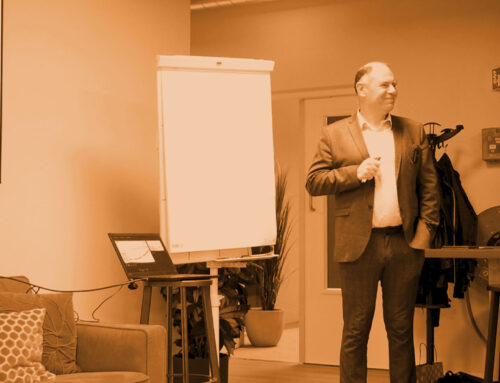The right people in the right place, that’s the key to succes. The same goes for Pega projects. every Pega team consists of colleagues who all bring their own expertise and experience. In this blog, we list the different roles within Pega for you.
Lead System Architects
A Lead System Architect (LSA) is an expert in the field of design and architecture of Pega applications and plays a leading role within the team. The LSA has extensive knowledge of the functionalities and capabilities of the Pega platform. This allows them to recommend and implement best practices for using the features of the Pega platform.
The role of Lead System Architect is the end point in a System Architect’s career path, with the LSA rewarding their knowledge and experience with the certificate of the same name. In her blog series, our colleague Alona takes you on her journey to becoming an LSA’er. In her latest blog, she tells you what 4 traits a Senior System Architect must have to succeed on his LSA journey.
Lead Business Architect
A Lead Business Architect (LBA) is the bridge between the customer and the Pega team. The LBA understands the client’s needs, goals and business processes like no other. In addition, the LBA has knowledge of the capabilities of the Pega platform. This combination allows the LBA to assess the business model and discover opportunities for integration with the Pega platform.
Furthermore, LBAs are also important discussion partners for the client. They inform clients about Pega’s capabilities and advise on workflow improvements, focusing on short- and long-term business development. Like the LSA, the LBA has a leadership role within the team.
Want to know more about the role of Lead Business Architect? In this blog you will meet our colleague Arjan, Lead Business Architect at Rabobank.
Senior System Architect
A Senior System Architect (SSA) builds Pega applications based on requirements and specifications. They also apply best practices, understand debugging, performance tuning and system maintenance techniques, and handle security and access requirements in an application.
Those who earn their Senior System Architect certification (CSSA) are not immediately a Senior System Architect. The CSSA certificate offers you enough knowledge to get started with the Pega platform, but to truly call yourself a Senior System Architect, you will first have to gain more (practical) experience.
Our colleague Serge started as a graduate student at BPM Company in 2014, after which he went on to become Senior System Architect. Read all about Serge’s experience as a Senior System Architect here.
Business Architect
A Business Architect (BA) uses his knowledge of the Pega platform to translate the customer’s wants and needs into concrete functional requirements for the Pega application. This makes the BA an important link between the customer and IT.
The requirements for the implementation of the various processes are carried out by BAs. The Lead Business Architect then tests them for Pega-specific features. Our colleague Floris made the switch to Pega Business Architect, read about his experiences as a BA with the Pega platform here.
Junior System Architect
An entry-level System Architect (SA) has often just earned their CSA and CSSA certifications. Under the guidance of more experienced team members, the SA builds applications based on customer requirements and specifications.
Want to know what a Junior System Architect’s working day looks like? Then read the blog of Rick Hoen, System Architect at Rabobank, about his workday.
Success of a Pega project
All in all, each role contributes to a different aspect of a Pega project, whether it is understanding business needs, designing technical solutions or implementing functionalities. The success of a Pega project will depend on the collaboration and coordination between these different roles.
Join the team
Want to get started as a System Architect or Business Architect? Good news, we always have room for enthusiastic new colleagues. Take a look at our vacancies and apply quickly.
Curious about working at BPM Company?
Take a look at our vacancies or ask Hans Steenwijk:
Meer informatie:







